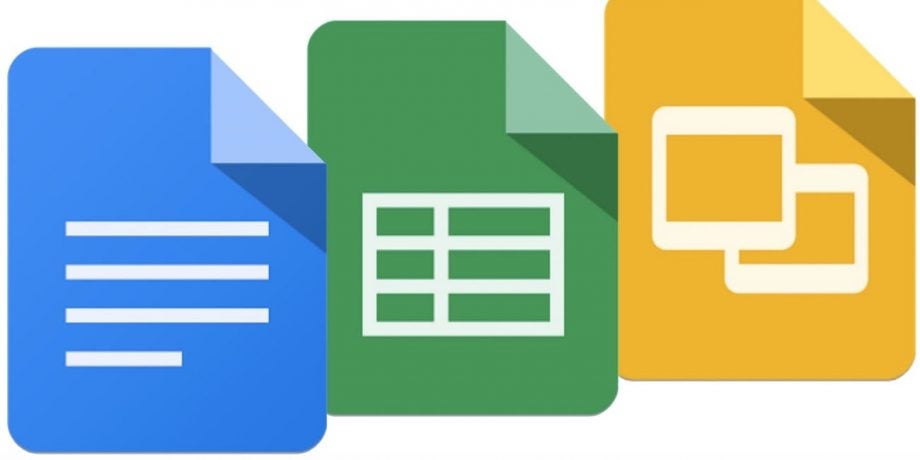Co-constructive tool
Co-constructive education for better version.
In co-constructive tool, students use technology tools or document to
share ideas, work together, co-edit and collaboratively consolidate and
discussion ideas and thoughts through online real time discussion.
Firstly, co-constructive tools embody the principle of collaborative learning and working, where multiple individuals contribute to the development of a shared product or body of knowledge. These tools, such as wikis, shared documents, and collaborative platforms like Google Docs or Microsoft Teams, enable real-time cooperation and input from various participants. This collective input not only enhances the richness and depth of the final output but also democratizes the process of knowledge creation, allowing diverse perspectives and expertise to converge.
One significant impact of co-constructive tools is on the learning process itself. Traditional learning models often emphasize individual effort and achievement, whereas co-constructive tools encourage a more communal approach to learning. This shift can lead to deeper understanding and retention of information, as learners are actively engaged in discussing, questioning, and refining ideas collaboratively. It promotes critical thinking and problem-solving skills, as participants must negotiate meanings, challenge assumptions, and build on each other’s contributions.
Moreover, the use of co-constructive tools aligns with the social constructivist theory of learning, which posits that knowledge is constructed through social interaction and collaboration. By facilitating this interaction, co-constructive tools create an environment where learners are co-authors of their educational experience, fostering a sense of ownership and motivation. This can be particularly empowering for students, as it validates their input and encourages active participation rather than passive consumption of information.
In professional settings, co-constructive tools can significantly enhance productivity and innovation. When team members can collaborate seamlessly across different locations and time zones, it breaks down barriers to effective communication and idea sharing. This leads to more innovative solutions and efficient problem-solving processes, as team members can build on each other’s strengths and insights. Additionally, the transparency and accountability inherent in these tools can lead to better project management and outcomes.
However, the successful implementation of co-constructive tools requires careful consideration of several factors. Firstly, there must be a supportive culture that values collaboration and open communication. Participants need to feel safe to share their ideas and to critique others constructively. Training and support are also essential to ensure that all participants are proficient in using these tools effectively. Additionally, there should be clear guidelines and structures in place to manage contributions and ensure that the collaborative process is productive and focused.
In conclusion, co-constructive tools hold significant potential to enhance both educational and professional environments by fostering collaboration, critical thinking, and innovation. They shift the paradigm from individual to collective knowledge creation, promoting a more interactive, inclusive, and dynamic approach to learning and working. As we continue to embrace these tools, it is crucial to cultivate an environment that supports collaboration, provides adequate training, and values diverse contributions to truly harness their transformative potential.




Comments
Post a Comment